Building Resilience: How to Strengthen Your Home Against Future Hurricanes
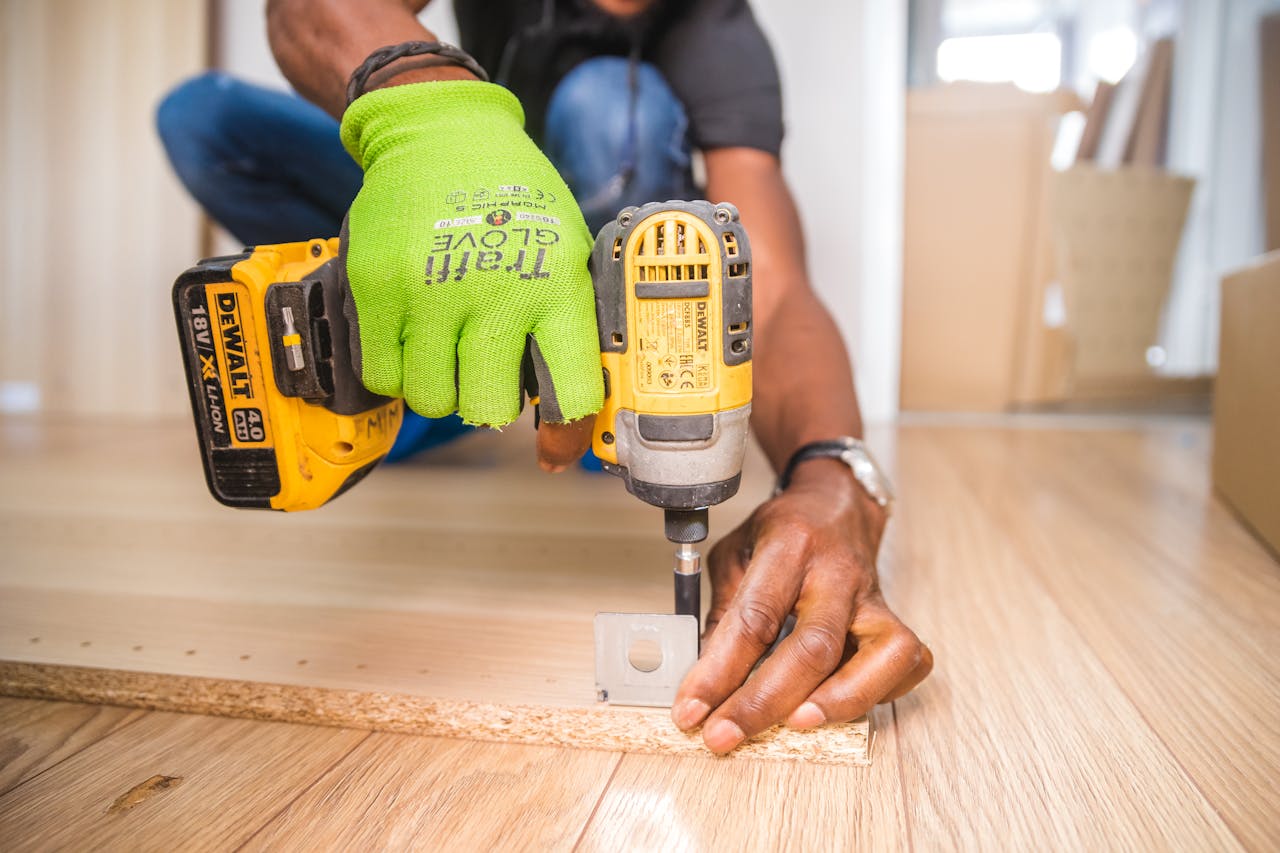
As hurricane season approaches, the need for preparedness becomes critical for homeowners in vulnerable regions. Hurricanes bring destructive winds, heavy rainfall, and flooding that can severely impact homes and communities. While we can’t control the weather, proactive steps can fortify our homes and protect our loved ones against future storms. In this blog, we’ll explore effective strategies for building resilience, from reinforcing structural elements to implementing smart landscaping practices. By investing in these enhancements, you can minimize potential damage and create a safer environment for your family during hurricane season and beyond.
1. Reinforce Your Roof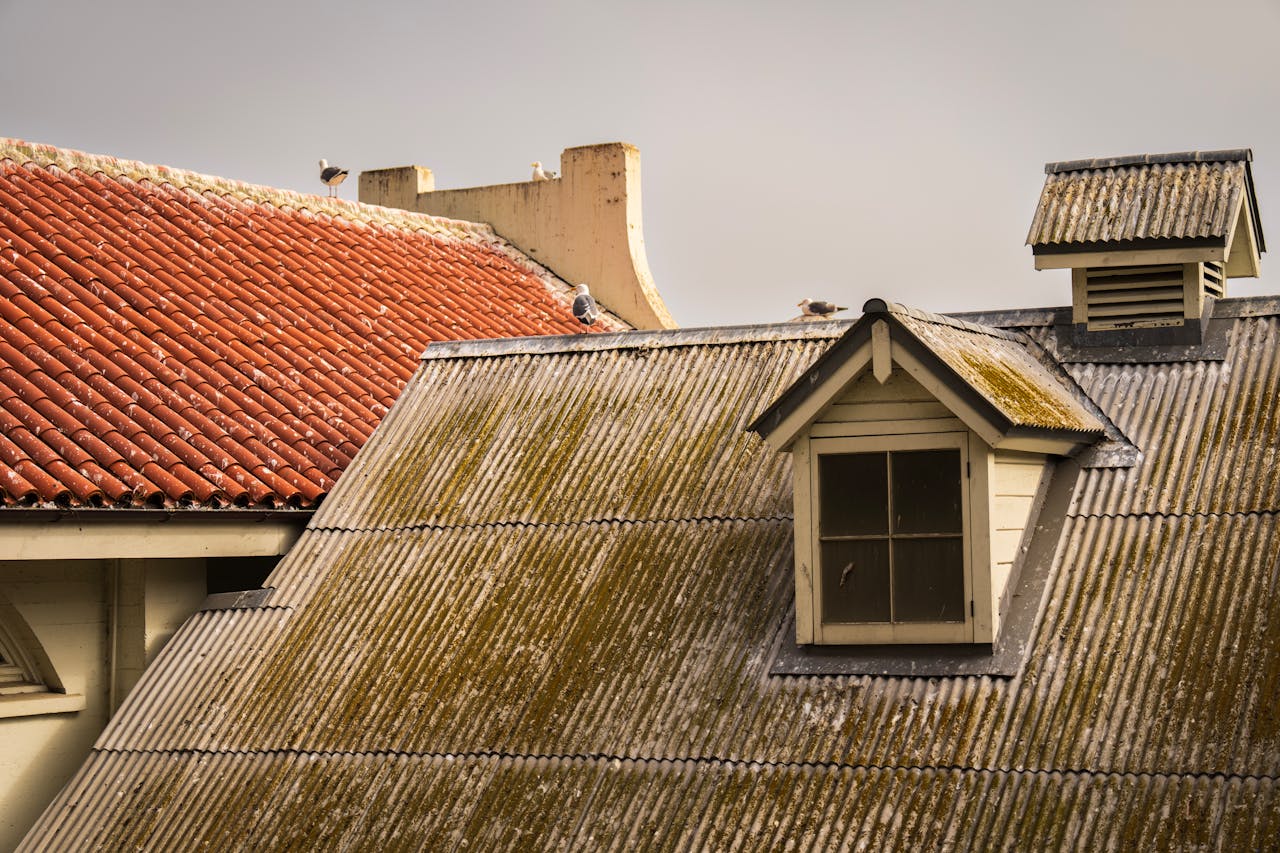
A strong roof is your home’s first line of defense against hurricane winds and flying debris. To reinforce your roof, consider upgrading to hurricane-resistant materials such as metal, tile, or asphalt shingles designed to withstand high winds. Ensure that your roof is securely attached to the walls using hurricane straps or clips, which help prevent it from being lifted off during a storm. Regular maintenance is also crucial; check for loose shingles or signs of wear and tear, and repair them promptly. Additionally, consider adding a secondary water barrier to prevent leaks from heavy rain, ensuring that your home remains safe and dry.
2. Install Impact-Resistant Windows and Doors

Impact-resistant windows and doors are essential for protecting your home from strong winds and debris during a hurricane. These specially designed products are built with reinforced glass and sturdy frames to withstand significant impact. When installing new windows and doors, look for those labeled with a high wind-load rating, and ensure they meet local building codes. If replacing all windows isn’t feasible, consider adding storm shutters or protective films to existing windows for added defense. For doors, invest in solid-core or reinforced entry doors, which can better withstand wind pressure and debris, safeguarding your home from storm damage.
3. Elevate Your Home
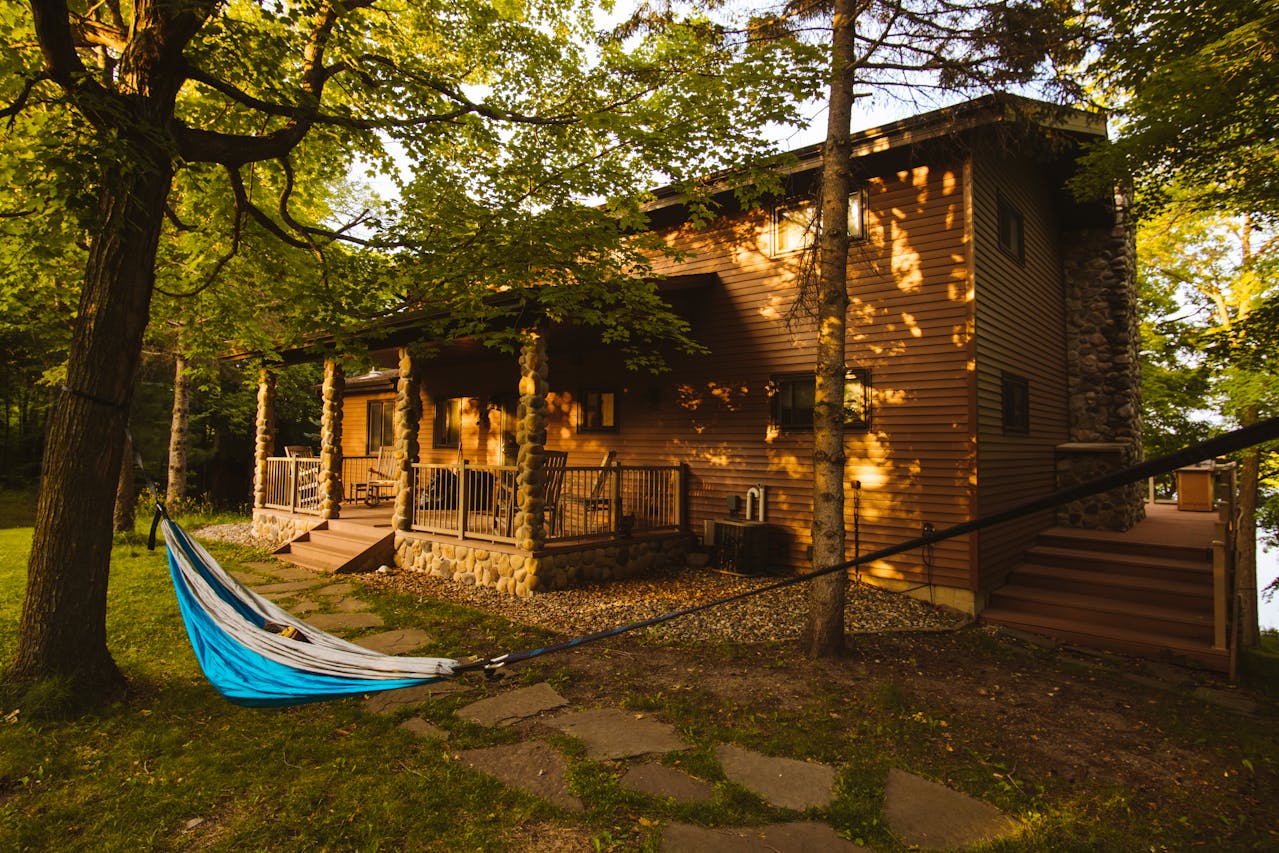
If you live in a flood-prone area, elevating your home can significantly reduce the risk of water damage during hurricanes. Elevating your home above the Base Flood Elevation (BFE) can prevent floodwaters from entering your living space. This can be achieved through various methods, such as building on piers, installing a raised foundation, or using flood-resistant construction techniques. Additionally, elevating critical utilities like electrical panels, HVAC systems, and water heaters will protect them from flood damage. Consult with a professional contractor to determine the best elevation solution for your home, ensuring compliance with local regulations and maximizing safety.
4. Strengthen Your Foundation
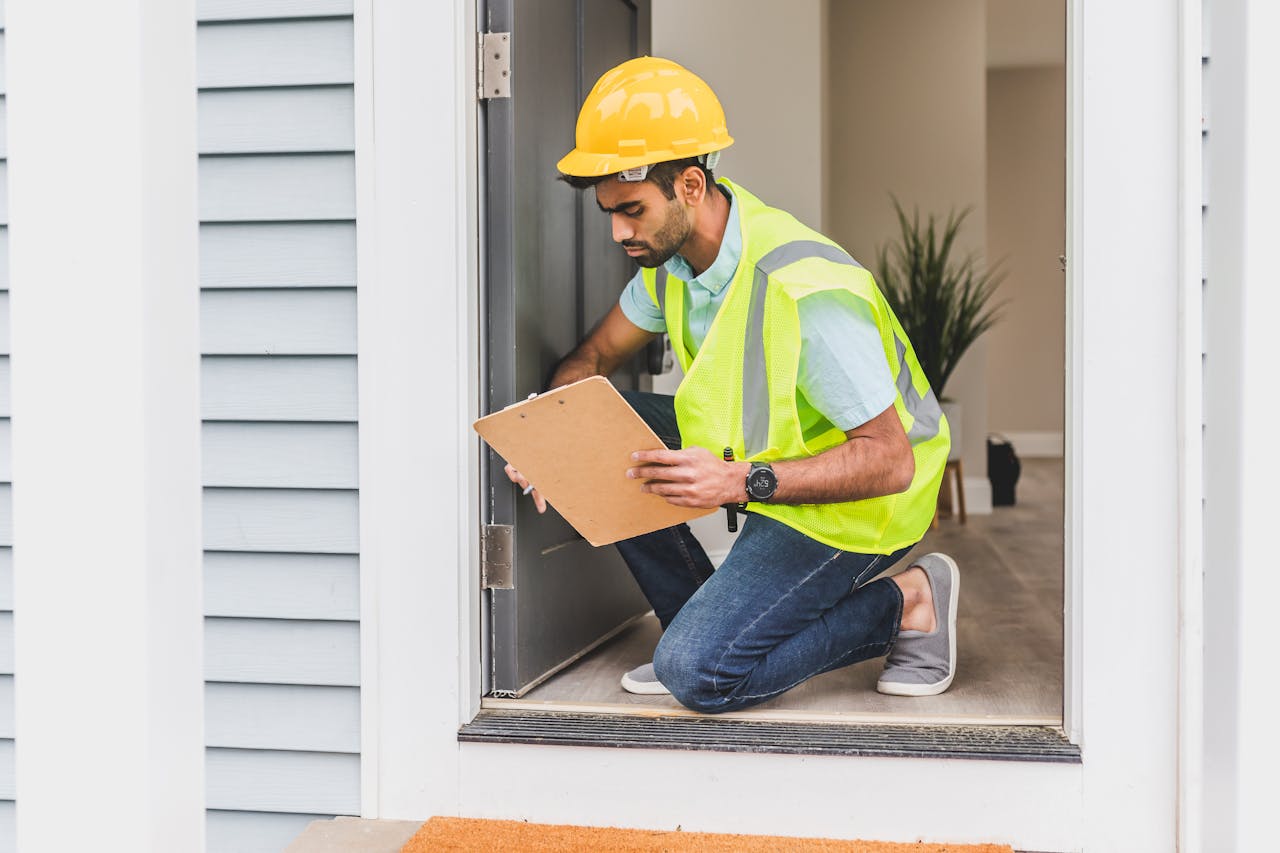
A strong foundation is vital for maintaining your home’s stability during extreme weather events. To strengthen your foundation, consider reinforcing it with concrete and steel reinforcements or using a pier and beam system for added support. Ensure that your foundation is well-drained and free from any standing water, as moisture can weaken the structure over time. Additionally, check for cracks or damage and address them promptly to prevent further deterioration. Proper anchoring of your home to its foundation is also crucial; using anchor bolts and straps can help secure the house during high winds and reduce the risk of displacement.
5. Secure Outdoor Items
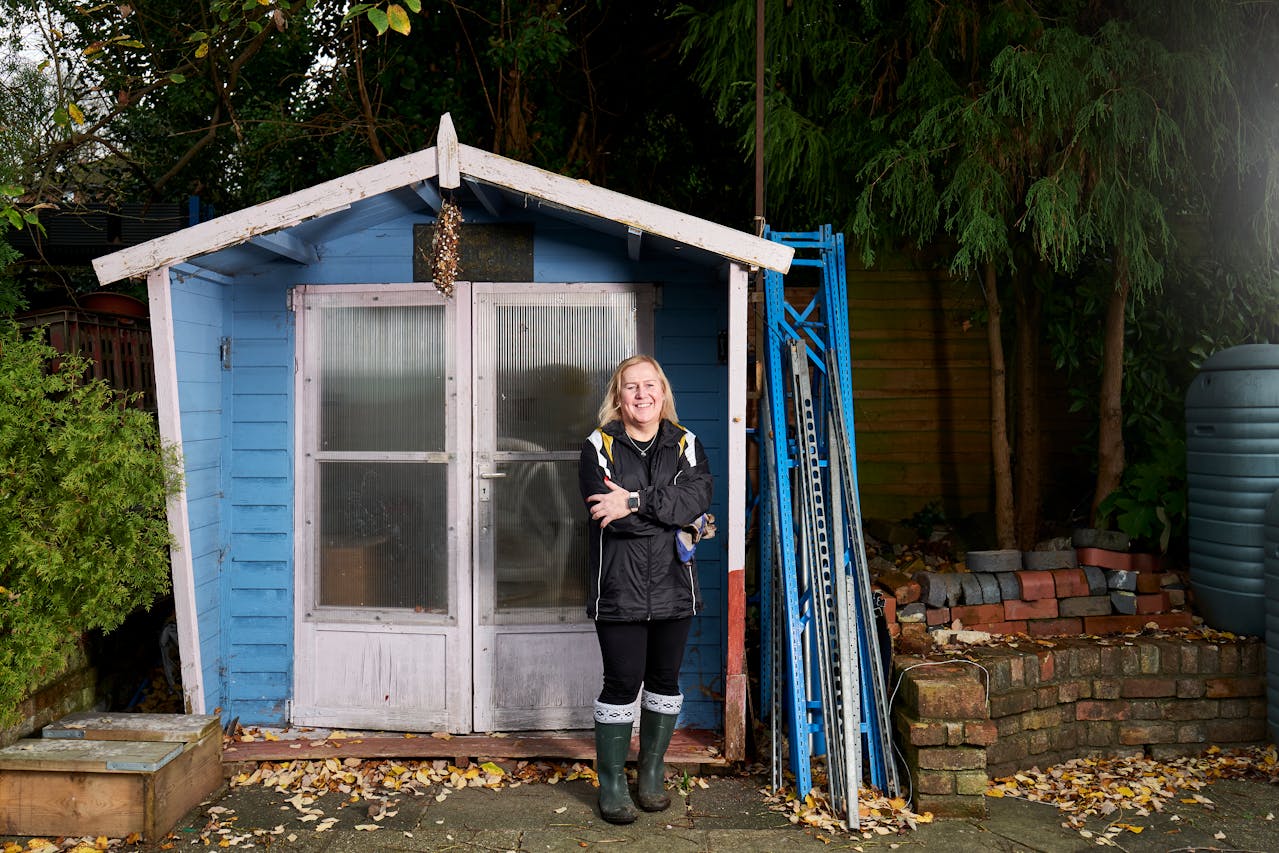
During a hurricane, unsecured outdoor items can become dangerous projectiles, causing significant damage to your home and others nearby. To mitigate this risk, take the time to secure or store outdoor furniture, decorations, and equipment. Move lightweight items such as patio furniture, planters, and toys inside or to a secure shed. For heavier items like grills and patio umbrellas, consider using straps or anchors to secure them to the ground or a solid structure. Additionally, ensure that any loose tree branches are trimmed to prevent them from breaking off and causing damage during high winds. Taking these precautions will help protect your property and those around you.
6. Create a Wind-Resistant Landscape

Your landscaping can significantly impact your home’s resilience against hurricanes. To create a wind-resistant landscape, choose trees and shrubs that are less likely to uproot or break during storms. Opt for native species with deep root systems that can better withstand high winds. Position taller trees away from your home to reduce the risk of branches falling on your roof or windows. Additionally, consider using mulch to reduce soil erosion and help maintain moisture during dry spells. Planting a windbreak, such as a hedge or row of trees, can help deflect wind and protect your home from the full force of a hurricane.
7. Install a Backup Generator
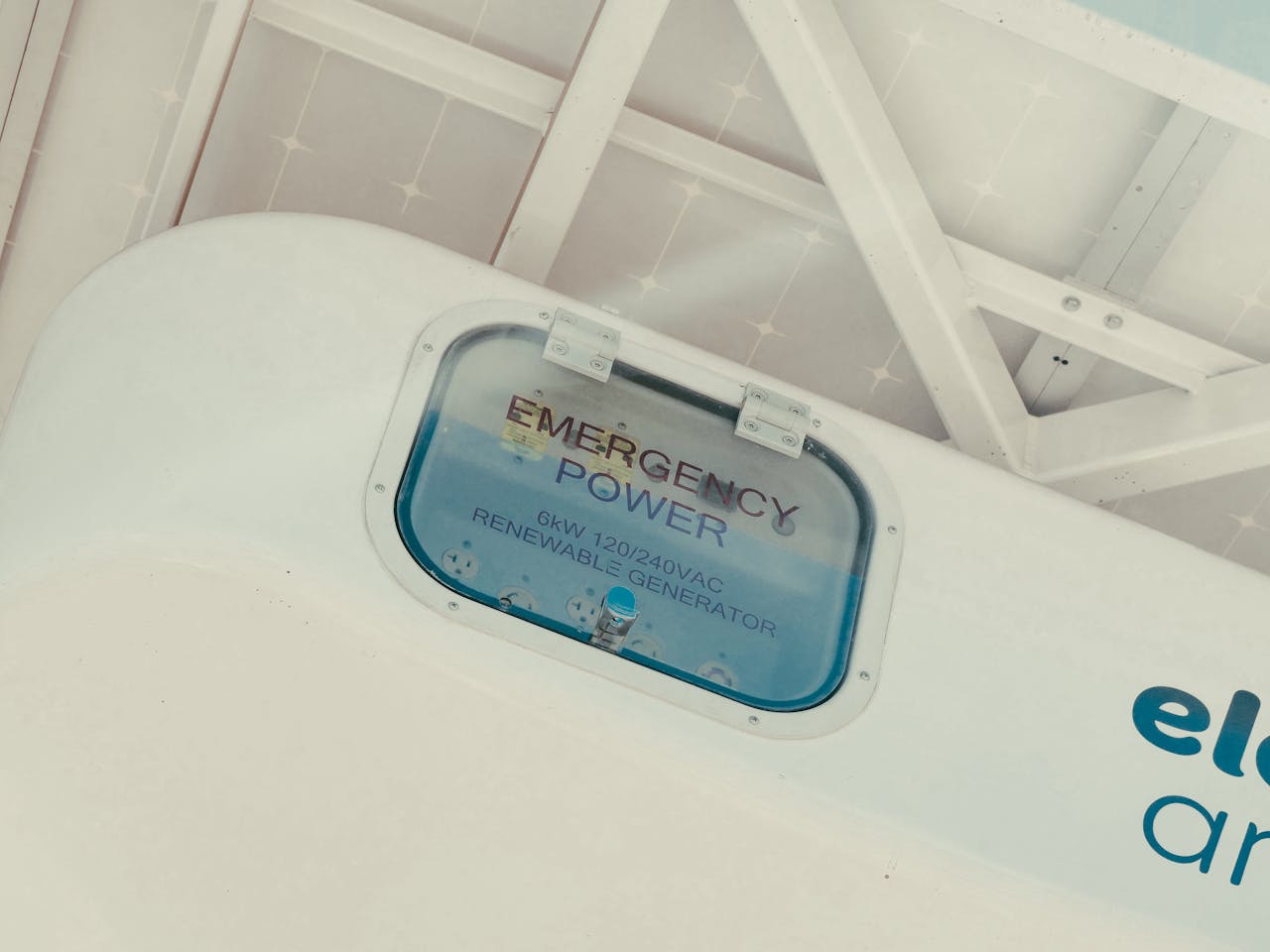
Power outages are common during hurricanes, leaving homeowners without electricity for extended periods. Installing a backup generator ensures that your home remains powered during and after a storm, providing essential electricity for lights, refrigeration, and medical equipment. When selecting a generator, consider the size and capacity needed to power critical appliances. Standby generators, which automatically turn on during an outage, offer convenience and peace of mind. Be sure to follow proper installation guidelines and local regulations, including permitting and fuel storage requirements. Regularly test and maintain your generator to ensure it’s ready for action when needed.
8. Develop an Emergency Plan

An effective emergency plan is essential for keeping your family safe during a hurricane. Begin by creating a communication strategy that outlines how family members will stay in contact if separated. Establish a safe meeting place both at home and outside your neighborhood. Ensure that everyone in your household knows how to respond in an emergency, including evacuation routes and procedures for shutting off utilities if necessary. Additionally, assemble an emergency kit containing essential supplies such as water, non-perishable food, medications, first-aid supplies, flashlights, and important documents. Review and update your plan regularly, and practice drills to ensure everyone is prepared when a storm strikes.
Final Thoughts

Preparing your home for future hurricanes is an essential step in safeguarding your property and ensuring the safety of your loved ones. By implementing these eight tips—reinforcing your roof, installing impact-resistant windows and doors, elevating your home, strengthening your foundation, securing outdoor items, creating a wind-resistant landscape, installing a backup generator, and developing an emergency plan—you can significantly enhance your home’s resilience against the devastating effects of hurricanes. Taking these proactive measures not only minimizes potential damage but also fosters peace of mind as you face the challenges of hurricane season. Remember, it’s not just about weathering the storm; it’s about building a safe and secure environment for you and your family.
Leave a Reply